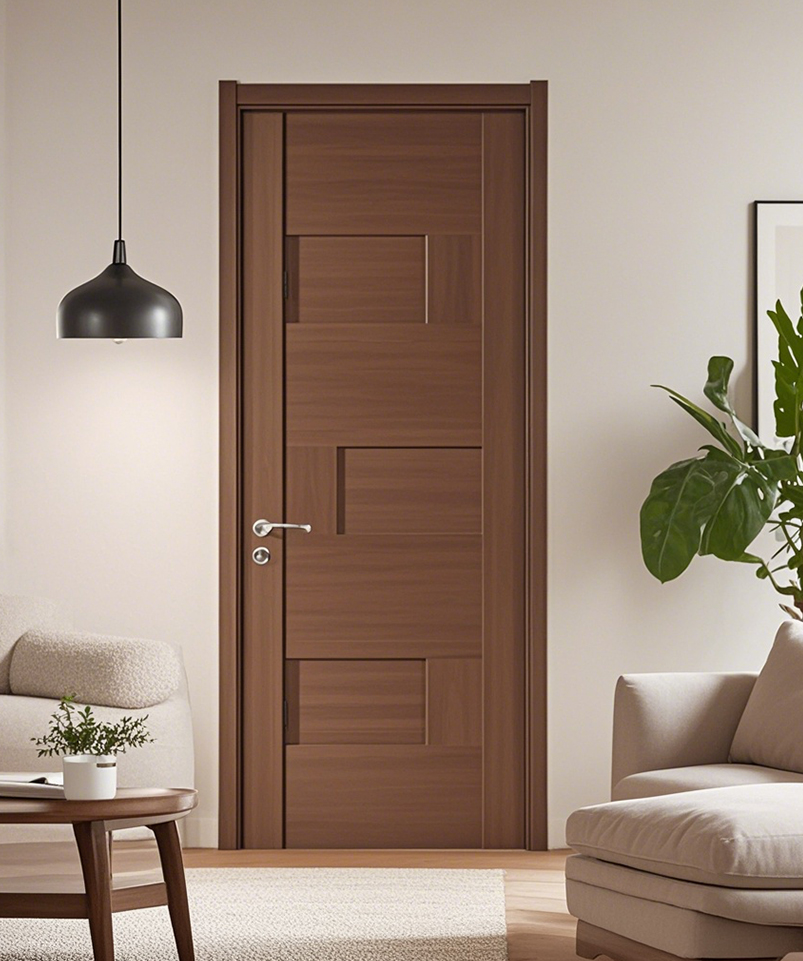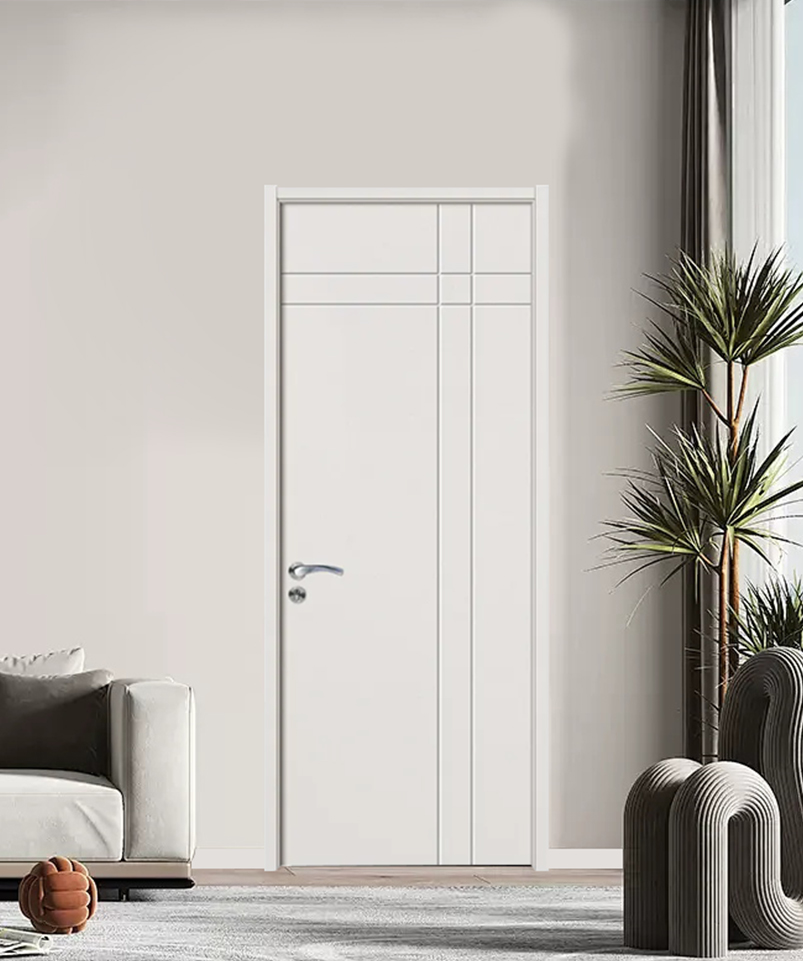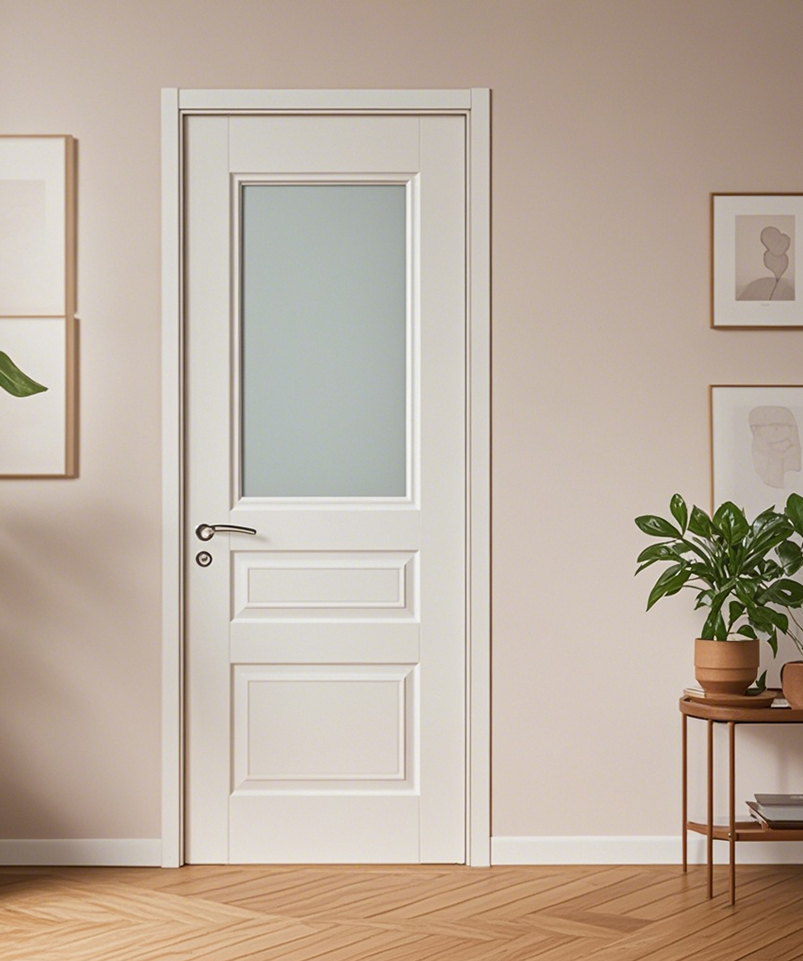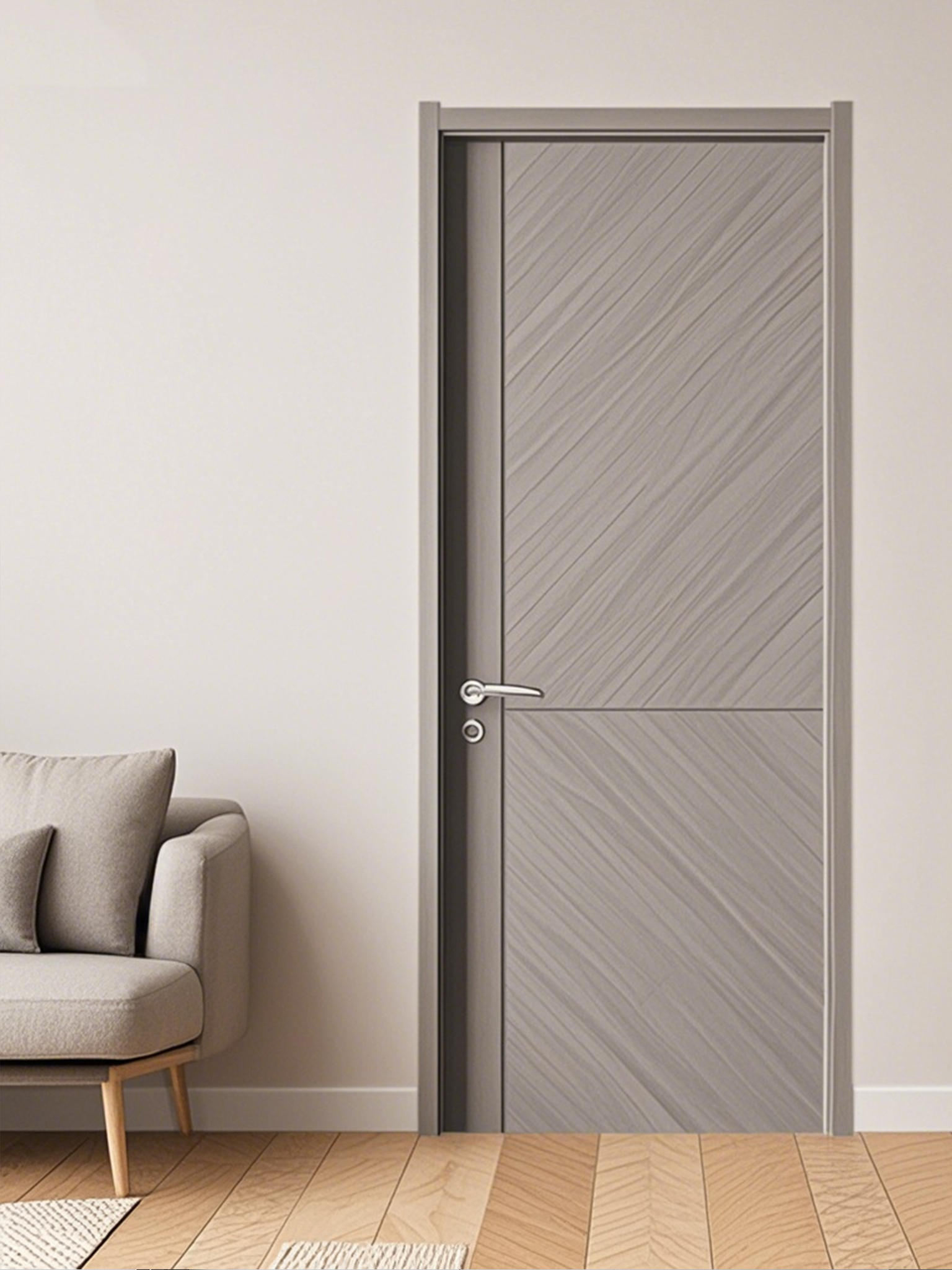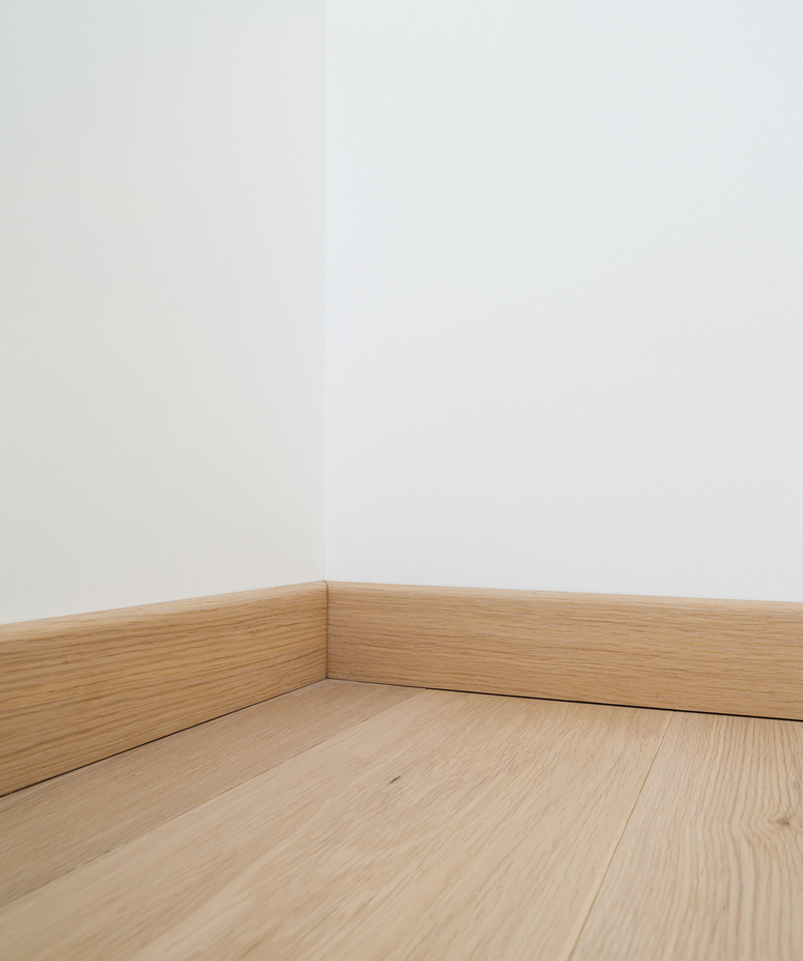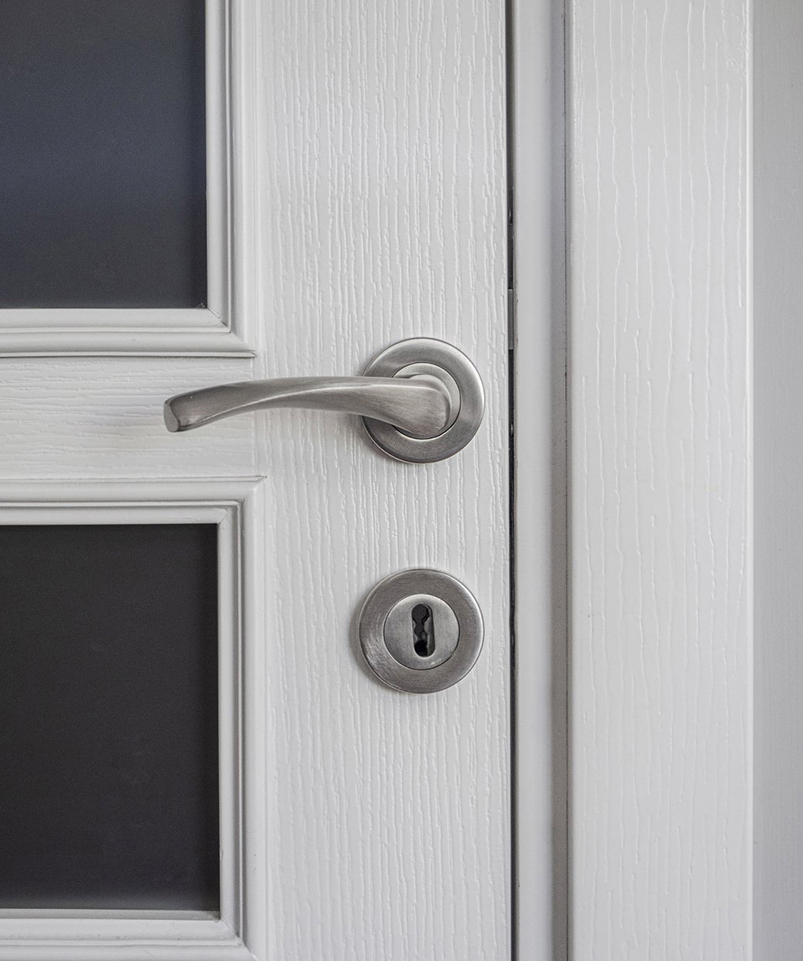WPC Door Save High-Humidity Homes?
Is your bathroom door swelling like a sponge every summer? You’re not alone. From Florida beach houses to London basement flats, homeowners are trapped in an endless cycle of sanding, repainting, and finally replacing wooden doors that surrender to moisture within months. The culprit is simple: traditional timber loves to drink water, then it warps, rots and invites mold to the party. Fortunately, a material born from recycled wood fibers and thermoplastic resin is rewriting the rules. Enter the WPC door—short for wood-plastic composite—and the question you should ask is whether it can really end the high-humidity headache once and for all.
1 Why wood fails
Wood is hygroscopic; it absorbs and releases moisture with every change in humidity. In coastal or rainy regions the constant “breathing” loosens joints, cracks panels and opens the floodgates for mildew. Reddit’s r/HomeImprovement is littered with photos of five-year-old painted doors peeling like sunburnt skin, accompanied by receipts for USD 300–400 of professional refurbishment every other year.
2 The science behind WPC’s water resistance
WPC blends 60 % recovered hardwood flour with 40 % HDPE plastic. The polymer encapsulates each fiber, cutting water absorption to below 0.3 %—ten times lower than MDF. Laboratory boil tests show no delamination after 72 hours, while an equivalent MDF sample bows 4 mm in 24 hours. In short, water can’t get in, so the door never swells.
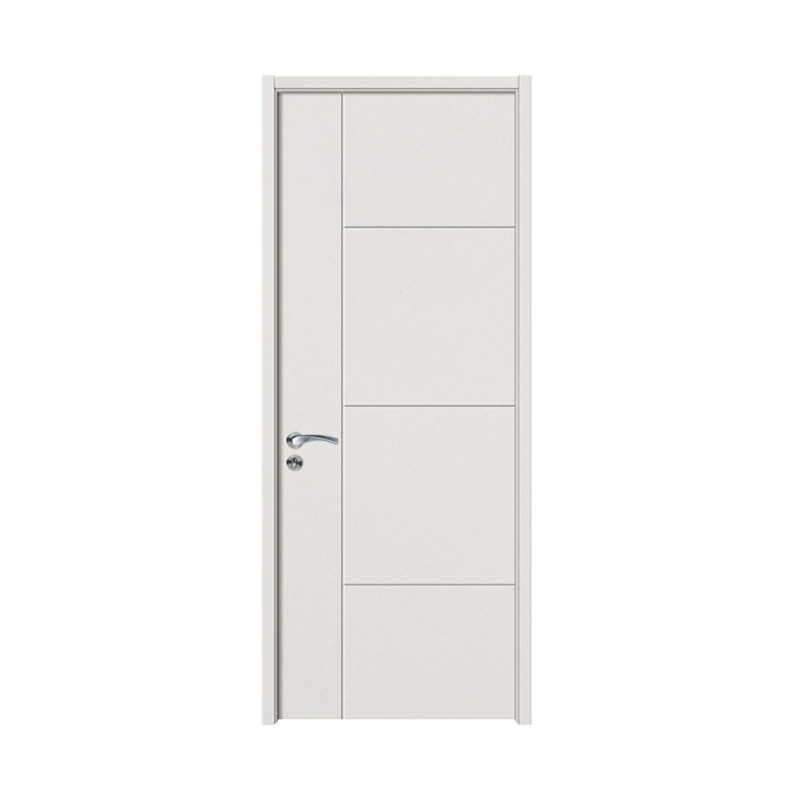
3 Eco-friendly and wallet-friendly
Because the raw wood is post-industrial sawdust and the plastic is recycled packaging, producing one WPC door consumes 30 % less energy than a solid timber door and keeps 25 kg of CO₂ out of the atmosphere. Over a thirty-year lifespan the only maintenance required is an occasional wipe with soapy water, eliminating the tri-annual sanding-priming-painting ritual and saving roughly USD 1,200 in upkeep costs.
4 Proof from the field
A beach-front guesthouse in Sarasota, Florida replaced 40 wooden room doors with WPC units in 2021. After three hurricanes and countless salt-spray days, owner Mike Torres reports “zero swelling, zero mold,” and has trimmed his annual maintenance budget from USD 4,800 to just USD 200. The savings financed a rooftop solar array, turning moisture-proof doors into a down-payment on greener operations.
5 Choosing the right product
Not all WPC is equal. Density should exceed 0.75 g/cm³ to ensure screw-holding power above 1,100 N, and reputable suppliers provide SGS anti-mold certification. Look for a click-fit frame that lets a single DIYer hang a slab in under ten minutes—no specialty router needed.
If you’re ready to quit the high-humidity door-replacement loop, consider the Vertical Cross Lines WPC door supplied by Zhejiang Optima Door Industry Co., Ltd..

 English
English русский
русский عربى
عربى